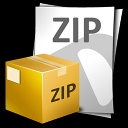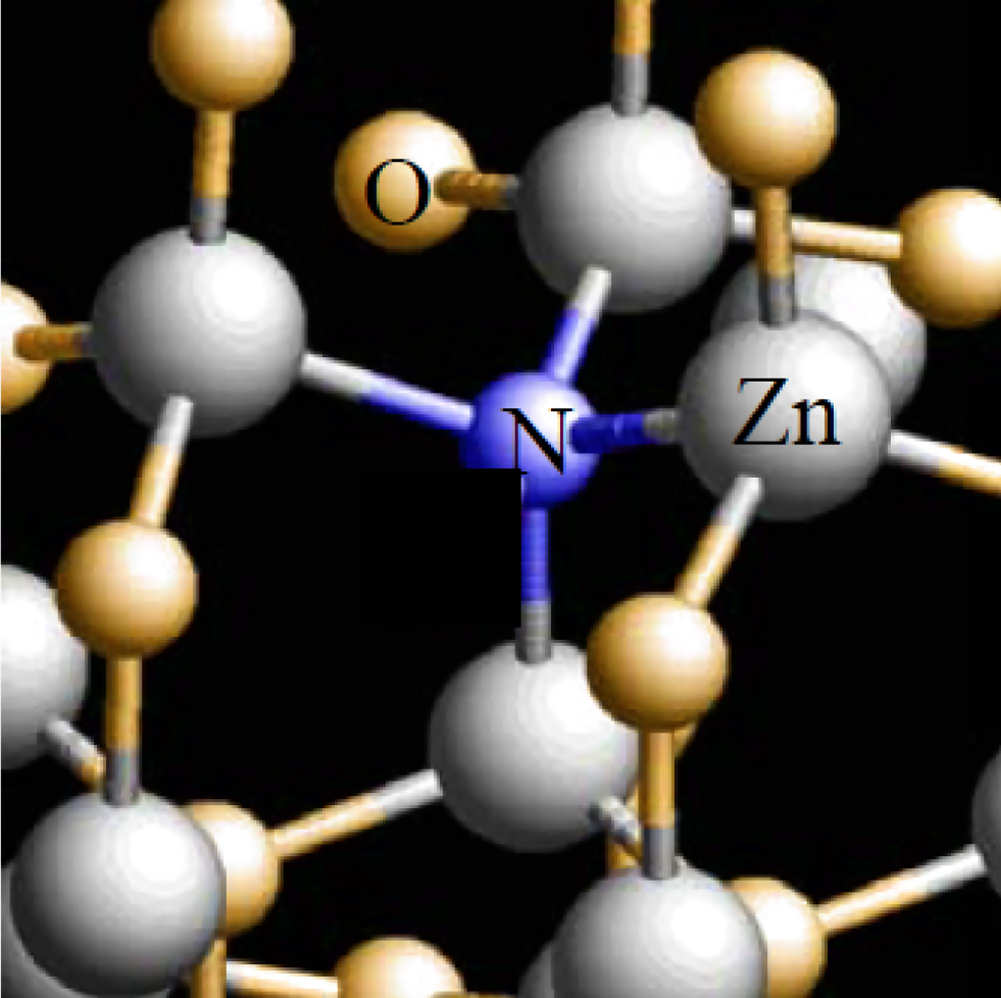|
Many versatile and powerful codes are available to serve the practitioner. However, it remains a challenging task to design a suite of calculations that can meaningfully represent a given physical property and avoids computational artifacts.
This course aims to provide the background and an extensive set of examples of how computational methods are applied to modern design of materials for a desired functionality. The methods span multi-length and time scales, including first-principles approaches, molecular dynamics simulations, and continuum elasticity theory. The examples will include problems related to mechanical strength, energy conversion/storage, catalysis, epitaxial growth, and doping in electronic and photonic devices.
After taking this course, hopefully students are able to:
• Apply computational methods, such as first-principles approaches, molecular dynamics simulations, stochastic methods, and continuum elasticity theory, to conduct modern design of materials;
• Effectively design materials for the desired functionality;
• Design experimental studies of materials to yield better insights;
• Interpret experimental data based on related theoretical modeling and simulations.
Lecture notes have been posted whenever possible. Not all lectures are available for distribution.
Course History:
(1) September 20, 2012-January 20, 2013
Case studies are designed to help students acquiring valuable hand-on experiences on some open source simulation packages, including quantum espresso, ab initio molecular dynamics cp2k, OpenMM, NAMD, and Gromacs. Installing procedures of these packages in a hybrid cpu-gpu parallel version can also be found in this web site.
Textbook and tutorials
1. Tutorial on Molecular Dynamics Simulation
2. Tutorial on ab initio Simulation with Quantum Espresso
3. Density-Functional Theory of Atoms and Molecules, Robert G. Parr, Weitao Yang (Oxford University Press, 1989).
4. Atomic and Electronic Structure of Solids, Efthimios Kaxiras (Cambridge University Press, 2003).
5. Introduction to Surface Chemistry and Catalysis, Gabor A. Somorjai (Wiley, 1994).
6. Introduction to Nanoscience, Steve Lindsay (Oxford University Press, 2010).
7. Nano Mechanics and Materials: Theory, Multiscale Methods, and Materials, Wing Kam Liu, Eduard G. Karpov, Harold S. Park (Wiley, 2006).
1 |
Chapter 1 Principles of computational materials design
1.1 Kohn-Sham density functional theory (Lecture 1)
1.2 Molecular Dynamics Simulation (Lecutre 2)
1.3 Transition-state search with Nudged elastic band method
1.4 Kinetic Monte Carlo simulations (Lecture 3)
1.5 Multi-scale materials modeling: sequential approaches
1.6 Multi-scale materials modeling: concurrent approaches (Lecture 4)
Case Study 1  (Quantum Espresso) DFT simulation on unit cell relaxation and electronic structure calculation (Quantum Espresso) DFT simulation on unit cell relaxation and electronic structure calculation
Case Study 2  (Materials Studo) MD Simulation on Adhesion of Polymer Layer on Metal Oxide Substrate (Materials Studo) MD Simulation on Adhesion of Polymer Layer on Metal Oxide Substrate
Case Study 3  (Materials Studio) kMC Simulation of CO Redox on Pt(111) Surface (Materials Studio) kMC Simulation of CO Redox on Pt(111) Surface
Homework 1---Due Oct 18, 2012
Homework 2---Due Nov. 3, 2012
|
2 |
Chapter 2 Computational design of materials for desired mechanical properties
2.1 Ab initio elasticity of single-crystal solids (Lecture 5)
2.2 Superhard materials (Lecture 6)
2.3 Overview on Dislocations (Lecture 7)
2.4 Modeling Brittle and Ductile Behavior of Solids (Lecture 8)
Case Study 4 (Materials Studio) DFT simulation on mechanical Properties of BN (Materials Studio) DFT simulation on mechanical Properties of BN
Homework 3---Due Nov. 30, 2012 |
3 |
Chapter 3 Computational design of semiconductor systems
3.1 Stable versus unstable growth in strained systems
3.2 Fabrication of ordered semiconductor quantum dots (Lecture 9)
3.3 Interface control of semiconductor multilayers
3.4 Morphological evolution on stepped surfaces (Lecture 10)
3.5 Doping engineering of semiconductors for optoelectronics (Lecture 11)
3.6 Diluted magnetic semiconductors (DMS) (Lecture 12)
Case Study 5  (Materials Studio) DFT simulation on surface energy of TiO2(111) (Materials Studio) DFT simulation on surface energy of TiO2(111)
Case Study 6  (Materials Studio) DFT simulation on V-N Co-doping in TiO2 (Materials Studio) DFT simulation on V-N Co-doping in TiO2
Case Study 7  (Quantum Espresso) DFT simulation on electric polarization of BaTiO3 with Berry phase (Quantum Espresso) DFT simulation on electric polarization of BaTiO3 with Berry phase
Homework 4---Due Dec. 31, 2012
|
4 |
Chapter 4 Computational design of metal systems
4.1 Pre DFT Model for Metal: An overview on metals
4.2 0-Dimensional System: magic clusters (Lecture 13)
4.3 Growth of quantum-sized metallic films (Lecture 14 )
4.3.1 One Dimensional Metal System: Metal Atom Wires
4.3.2 Two Dimensional Metal System:
i. A brief overview of quantum growth
ii. From precise structural control to property optimization
4.4 Plasmonics and Nano Plasmonics (Lecture 15)
Case Study 8  (Quantum Espresso) DFT simulation on the equation of state, magnetization, and the spin-polarized density of states (DOS)/partial DOS/localized DOS of 1) bcc and fcc Fe bulk, 2)a 5-layer slab of bcc Fe(001), and 3) an Fe wire. (Quantum Espresso) DFT simulation on the equation of state, magnetization, and the spin-polarized density of states (DOS)/partial DOS/localized DOS of 1) bcc and fcc Fe bulk, 2)a 5-layer slab of bcc Fe(001), and 3) an Fe wire.
Case Study 9  (Materials Studio) DFT simulation on work function of hydrogen-terminated diamond(111) and (100) surfaces (Materials Studio) DFT simulation on work function of hydrogen-terminated diamond(111) and (100) surfaces
Homework 5---Due January 15, 2013
|
5 |
Chapter 5 Computational design of catalytic materials
5.1 Fundamentals of catalysis (Lecture 16)
5.2 d-band theory of surface catalysis (Lecture 17)
5.3 Photocatalysis (Lecture 18)
Case Study 9  (Quantum Espresso) This case study introduces a shell script for the investigation of the adsorption energy and differential charge distribution of O adsorbed on Al(100) surface. All input files, scf runs and post processing of the outputs will be executed automatically. The script can be modified to simulate adsorption problem on different slabs. (Quantum Espresso) This case study introduces a shell script for the investigation of the adsorption energy and differential charge distribution of O adsorbed on Al(100) surface. All input files, scf runs and post processing of the outputs will be executed automatically. The script can be modified to simulate adsorption problem on different slabs.
Case Study 10  (Quantum Espresso) This case study calculates with the Effective Screening Medium (ESM) model the total energy, charge density, force, and potential of a polarized or charged medium using open boundary conditions. In addition to the ordinary periodic boundary conditions, the code implements three other different sets of boundary conditions perpendicular to the polarized medium. (Quantum Espresso) This case study calculates with the Effective Screening Medium (ESM) model the total energy, charge density, force, and potential of a polarized or charged medium using open boundary conditions. In addition to the ordinary periodic boundary conditions, the code implements three other different sets of boundary conditions perpendicular to the polarized medium.
Case Study 11  (Materials Studio) Search for Transition State (Materials Studio) Search for Transition State
|
6 |
Chapter 6 Computational Design of Clean Energy-related Materials
6.1 Atomistic Simulation Methods for Energy Materials
6.2 ab initio Design of Photovoltaic Materials
6.3 ab initio Design of Energy Storage Materials
6.3a Ion transport through perovskite oxides (ABO3)
6.3b Anode Materials and Chemistry for Lithium Batteries and Fuel Cells
6.3c Cathode Materials and Chemistry for Lithium Batteries and Fuel Cells
6.4 Thermoelectric Materials and Applications
Case Study 12  (Quantum Espresso) This case study aims to present a flow of material simulation. The job begins at the download (or setup) of the unit cell structure. Here we use BaTiO3 as an example. We convert the cif file to an input file of Quantum Espresso and launch a job of scf calculation with different unit cell dimensions. This simulation (using BTO.alat.sh) will generate the equation of state of the material. We then show how to calculate the band structure (BTO.bandstr.sh) and total/partial density of states (BTO.dos.sh). Finally, the dielectric function of the material is simulated with BTO.epsilon.sh. All shell scripts for the simulations are included and ReadMe.txt illustrats the details of the procedures. (Quantum Espresso) This case study aims to present a flow of material simulation. The job begins at the download (or setup) of the unit cell structure. Here we use BaTiO3 as an example. We convert the cif file to an input file of Quantum Espresso and launch a job of scf calculation with different unit cell dimensions. This simulation (using BTO.alat.sh) will generate the equation of state of the material. We then show how to calculate the band structure (BTO.bandstr.sh) and total/partial density of states (BTO.dos.sh). Finally, the dielectric function of the material is simulated with BTO.epsilon.sh. All shell scripts for the simulations are included and ReadMe.txt illustrats the details of the procedures.
|
7 |
Student Project Presentation Session
|
|
|


